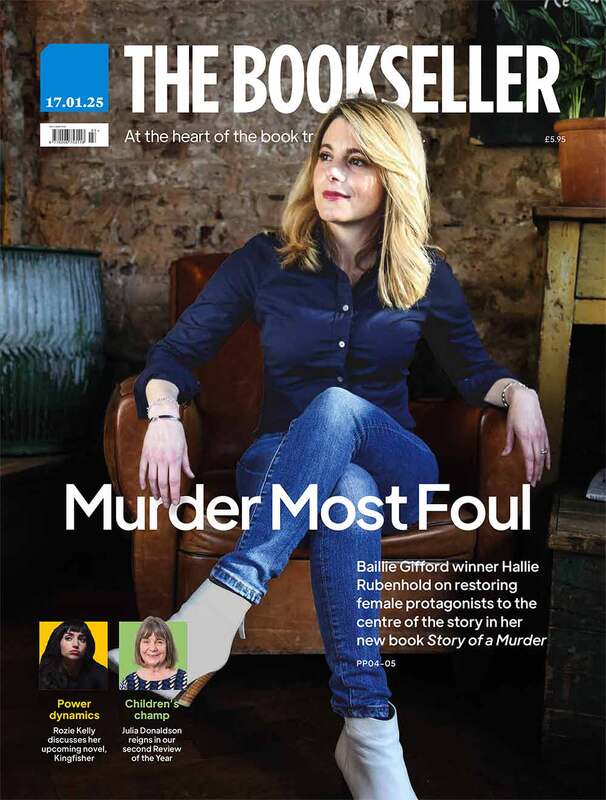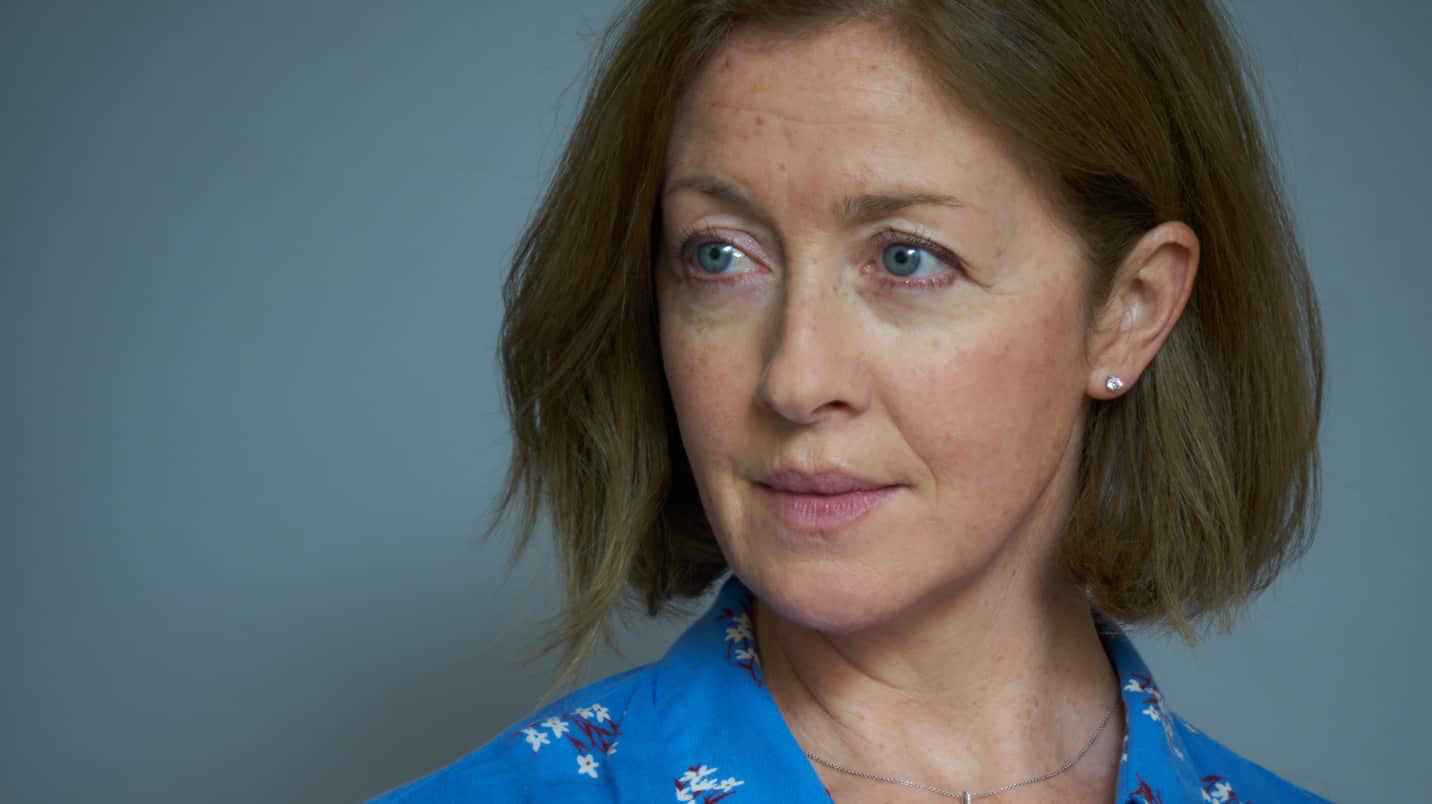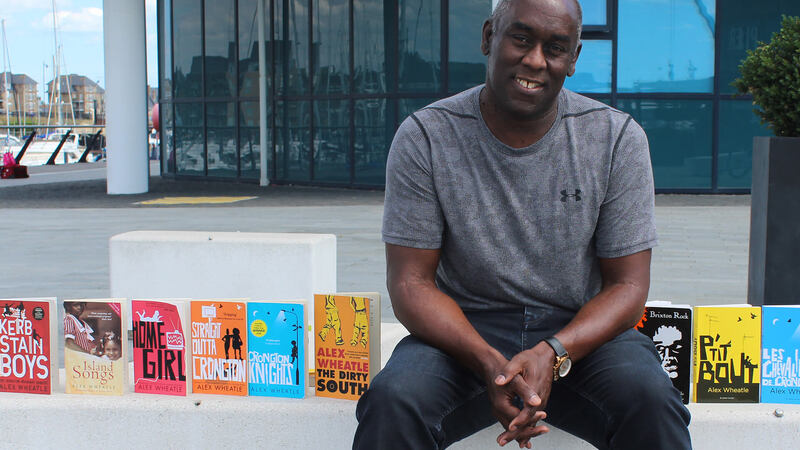You are viewing your 1 free article this month. Login to read more articles.
Lucy Jago on her début A Net for Small Fishes
Lucy Jago’s début novel A Net for Small Fishes was inspired by a sensational public murder trial in 1615, now viewed as the greatest scandal of the age
In 1615, a sensational public murder trail took place in London. The victim, courtier and poet Sir Thomas Overbury, had died in 1613 while a prisoner in the Tower of London, but his death was only investigated two years later as wild rumours swirled around the court of James I. The whispers were that Overbury had been poisoned by his keeper, Richard Weston, assisted by Mistress Anne Turner—confidante to noblewoman Frances Howard, daughter of the all-powerful Howard family, who were said to be as close to the king as his own family. More sensationally, Frances and her second husband, Robert Carr, Earl of Somerset, were also accused of Overbury’s murder. All of London was agog at the salacious details aired at trial—with accusations of lust, sorcery, witchcraft and murder—and it soon became the greatest scandal of the age.
The subject of Lucy Jago’s wonderful début novel A Net for Small Fishes is not the Overbury Scandal (as it is referred to by historians) itself, but rather the events that led up to it, and the friendship between Anne Turner, mother of six, married to Dr George Turner and society dresser to the younger aristocratic beauty Frances Howard.
I meet Jago in a quiet restaurant in an eerily deserted Covent Garden as she has travelled from her home in Somerset (generously bringing with her a bag of apples from her garden). She explains that her interest in Anne and Frances was initially piqued by a tiny mention, just a line and a half, in a book from the London Library. But it was enough to send her on a quest to read every book she could find that related the Overbury Scandal, “all of which annoyed me, because [the books] all took the men as the main characters and the main focus of interest, even though, to my mind, it is the women on whom the plot entirely pivots!” she says, clearly passionate about the subject.
For a novelist interested in telling the story of Anne and Frances, she acknowledges that this neglect was an advantage: “It was a delight that the women had been so ignored, even in contemporary books. They were dismissed as vain and lustful and their motivation was not dug into, even by more contemporary writers.” Jago was less interested in the intricate details of the poisoning itself, with its tampered jellies and suspicious tarts, or in writing a historical account (she has several non-fiction books to her name). “What interested me was their friendship and how it was that they ended up doing these things at a time when women were not even meant to open their mouths! How did they take that leap of faith to take such action on their own, when every model around them was for obedience and silence and chastity? That’s what intrigued me.”
Sense of kinship
A Net for Small Fishes opens in 1609 with the first meeting between Mistress Anne Turner and a sobbing 17-year-old Frances Howard, Countess of Essex, who is unhappily married to Robert Devereux, Earl of Essex; he beats her and is unable, or unwilling, to consummate the marriage so she can have a much-longed-for child. Anne is there to dress Frances, to “fashion” her, but feels a kinship immediately, despite the difference in their rank and wealth. She also realises that through Frances, and her connections at court, lies a way for Anne to achieve her own ambitions and better the position of her own family.
The novel unfolds entirely from Anne’s point of view. Jago tells me one of her favourite writers is Rose Tremain, and she was inspired by the central character in Tremain’s Booker Prize-shortlisted Restoration, about Robert Merivel: “I wanted [Anne] to be a character like that, who you immediately warm to, who isn’t the King or of the court, but can show the reader all the facets of that life.”
As Anne becomes more embroiled in Frances’ life—her desperately unhappy marriage to a brutish man, arranged by her family for solely political reasons, and her daring plans to escape it—the friendship between the two women grows. Both are determined to seek personal happiness and fulfilment, and over the course of the novel the pair take increasingly reckless risks—consulting necromancers, taking lovers—to achieve this.
A Net for Small Fishes took Jago 10 years to research and write. “I have tried to be very true to the history. It really mattered to me that I didn’t play fast and loose with the facts as they are known,” she says, adding that it took a long time to get the chronology of events both exactly right, and also working, in a dramatic sense, for the purposes of a novel. Every character in the novel really existed, bar one (Mistress Bowdlery) who becomes Anne’s new neighbour when she is forced to move after the death of her husband and her position in society, as for all widows at the time, becomes suddenly precarious.
The world in which the novel is set is richly imagined; Jago has a particular eye for the clothes. Dressing in the Jacobean age was, of course, partly about showing off one’s wealth and status—courtiers were “a walking bank”, as Jago puts it—but Anne’s work as a dresser, with new ideas about how women could enhance their appearance, was seen as suspect at her trial. “There was this whole thing about ‘fashioning’ being about making human bodies, a bit like playing God, which is partly why the furore against her was so enormous. There was a level of arrogance. It was assumed that here was this woman of no status, fashioning bodies and playing with gender and power, and literally pushing back against everything that the patriarchy stood for. So it was a very rich seam.”
Bloomsbury is pitching A Net for Small Fishes as the “‘Thelma and Louise’ of the 17th century”, which is how Jago thought of her characters. “It does get across this idea of the recklessness of what they did. It wasn’t just brave, or even very clever. It was truly reckless, and it was in the course of their own happiness, which was a fairly unknown concept at the time; that women should ever think they should be happy.”
Far-reaching consequences
In a patriarchal world, “they were an explosion really, at the heart of the Jacobean court” and the consequences rippled outwards. “Letters were sent to diplomats and ambassadors throughout the known world and it caused a massive amount of public debate; over Catholics, arranged marriages, the position of women in the family, women’s position in law. I do see them as heroines in the struggle for equality.”
I wonder if in writing the novel, she was hoping to right a wrong. For four centuries Anne and Frances have been portrayed as whores, witches, bawds: did she want to change the narrative? “They are complicated characters. They did do things that were wrong, so I wasn’t trying to whitewash them or sugar-coat [their actions]. I was trying to give them the complexity I thought they deserved—that was constantly being taken from them.” She remembers wondering, when she started writing, about Anne and Frances, and the path their lives took. “Was there more female agency than was traditionally thought, or were they extraordinary? And they were extraordinary.”
Book extract
I painted egg white on to her naked skin and into it drew blue veins. As it dried to a perfectly smooth sheen, I darkened her eyelashes and brows and reddened her lips, cheeks and nails. Finally, from the linen sack I had brought with me, I took out a ruff dyed with my own patent starch recipe. You would have thought it was a severed head, so repulsed was her expression. ‘Yellow? That is too bold. Only drabs wear yellow,’ Frances said. ‘Drabs and Irish peasants,’ I agreed, tying the ruff round her neck. ‘They use urine but, if you can afford it, saffron gives a deeper colour without the stink.’
I pushed up her skirt to roll on stockings and paused. Her feet, young enough that the bones did not show, were as pretty as ducklings. I felt, for an uncomfortable moment, as if I was arming a child.
I rolled on the stockings, elaborately embroidered at the ankle, and tied the laces of green silk shoes with high heels. From strong boxes came bracelets, rings, necklaces and earrings with which I finished her armature, tying the most valuable to her body with black thread to keep them safe.
Meta Data
Imprint Bloomsbury
Publication 18.02.2021
Format HB (£16.99), e-book (£11.89)
ISBN 9781526616623/9781526616647
Rights US (Flatiron)
Editor Alexandra Pringle
Agent Eugene Furniss, 42 Management & Production






